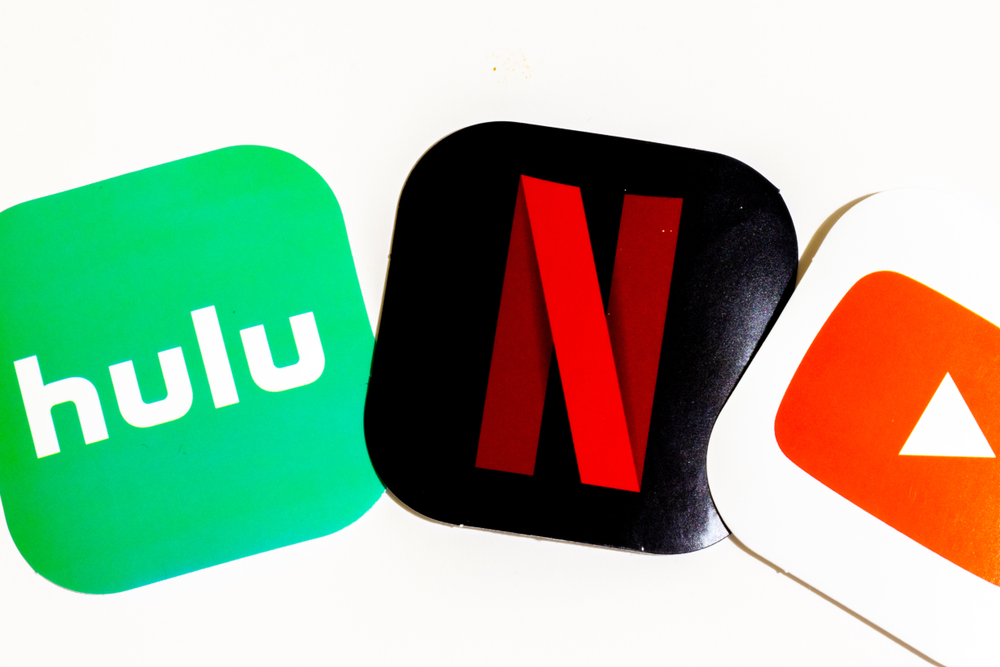Less than two weeks before the release of “Wonder Woman 1984,” Roku Inc. and WarnerMedia had yet to reach a deal that would allow for the streaming of the movie or any other HBOMax content on Roku. Reportedly, Roku had set tough terms and WarnerMedia was refusing to meet them. Roku users were facing a Christmas Day without the latest Hollywood blockbuster. Of course, there are miracles at Christmas. About a week later, days before the release, a deal was reached.
This will not be the last fight like this.
Last month, the cable programmer Discovery+ launched a streaming service drawing on content from its many networks. That service is not yet available on all streaming platforms. The chances are that contract negotiations will be challenging there too.
Even the remote control that we blissfully hold in our hands while enjoying the latest series is becoming a battlefield in streaming service contract negotiations — certain streaming services are getting dedicated buttons while others have not worked out similar deals.
In a relatively short period of time, streaming devices and the platforms that they control are rapidly multiplying how consumers can receive the content they chose. Increasingly, the providers of the streaming devices and platforms control the critical link for bringing a larger percentage of content into our homes.
Even before Americans were forced to stay home, binge watching the latest shows, streaming video content had transformed the way we consume video programming. To be sure, linear video programming — so called “regular TV” — won’t disappear anytime soon, but it is clear that TV watchers are embracing streaming “on demand” content at a record pace. Not only have streaming services grown dramatically, new devices enabling streaming are going gangbusters too, changing the video marketplace in ways that could not have been imagined five years ago.
In 2017 Roku reported that it had only nine million active accounts. Now the company reports that it surpassed 51 million active accounts by the end of 2020, an increase of 39% over 2019. These numbers already surpass the cable industry’s subscriber numbers. Amazon’s Fire TV has more than 40 million active users with customers streaming billions of hours each month on over 100 million devices. In fact, device manufacturers like Roku, Apple, Google, and Amazon control 94% of streaming devices in the country. Roku and Amazon alone account for 70% of the market.
No longer a niche product, the momentum shift to streaming content on a device shows no sign of slowing down. Traditional players in the video programming marketplace are changing and new powerful players are emerging with different roles and leverage in the content and distribution chain. Indeed, the recent high-profile disputes involving streaming device manufacturers suggest that they have gone from clamoring to add new apps to their platforms to setting the terms of engagement. Most likely more disputes will come.
Sometimes watching the free marketplace work through such challenges can be painful. Inevitably, some streaming platforms and content creators will thrive and others will suffer. Policy makers should resist the temptation to rush in to tip the marketplace scales in favor of one side or the other — the marketplace should be given the room to develop and sort out winners and losers. As we have seen in the past, “government fixes” can distort the market and leave consumers literally paying the price.
As policy makers follow and evaluate this rapidly maturing marketplace, the guiding light must be to determine whether consumers — not a particular industry — are being treated fairly. If consumers are routinely getting the short end of the “streaming stick,” a closer examination of the marketplace may be warranted. Until that time, the marketplace should be allowed to develop and innovate, even with a few marketplace hiccups along the way.
Yesterday’s video market dynamics are being altered significantly. The hope is that consumers will be the ones to benefit, both in choice and price. In the meantime, queue up another episode!


Recent Comments